Introduction and description of flavor and taste characteristics of sun-cured coffee beans in Haramasala region of Ethiopia
For professional baristas, please follow the coffee workshop (Wechat official account qianjiecoffee)
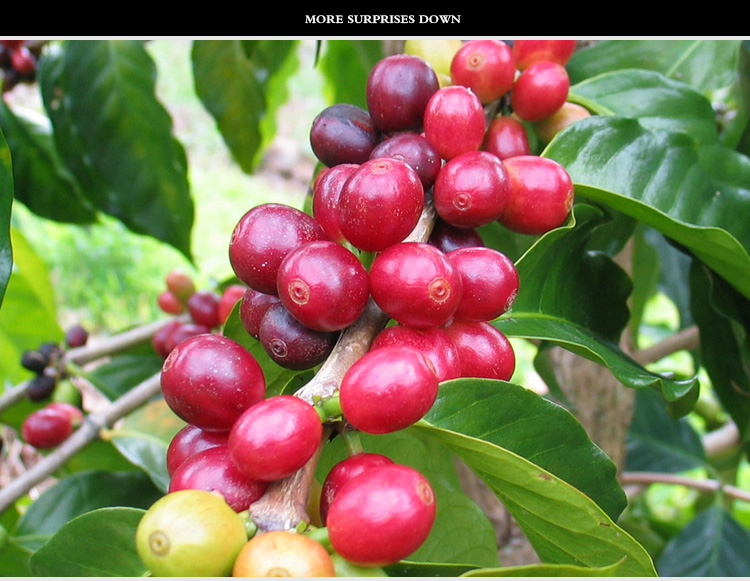
Ethiopia is the country where coffee was first discovered, and it is still the most important producing country and the best in terms of coffee quality and output. Coffee is mostly traditional Arabica species, with an annual output of about 350000 tons and more than 70% of which are exported to countries around the world. About 15 million people in the country are engaged in coffee-related industries, and more than 90% of the farms or cooperatives are planted in small areas. Crops produced in Ethiopia after 2008, including wheat, corn, sesame coffee, etc., were fully introduced into the ECX trading system (Ethiopian Commodity Exchange) to replace the existing auction and export methods, by coffee farmers or cooperatives, sending coffee to ECX centralized warehouses, beans of the same grade and producing areas will be mixed together and auctioned directly. You will not know which farmers or cooperative producing areas produce it. In fact, this practice has no effect on output and quality, and it is easier to tell the quality of coffee by price. What is triggered is that intermediate traders cannot freely track their satisfactory profits [low price and high quality] so that consumers will know more clearly, because they will be taxed heavily if they do not pass the ECX trading system. Now more than 90% are through this trading system, but for buyers of boutique coffee ECX trading system is not a good thing, so from 2010 Ethiopia launched the DST (Direct Specialty Trade) system, DST system is an irregular Ethiopian auction, only through the SCAA cup test standard of more than 80 points of boutique coffee specialty coffee can hang up their own farm or cooperative name with foreign raw bean traders trade.
In Ethiopia, sun-dried beans will be distinguished by adding 3 and 4 after the name (with a higher quality of 3). After the coffee cherry is harvested, the peel and pulp will be dried in the bean drying farm immediately until the coffee is dried to 16% moisture, then dried in a dryer to achieve the same water content, and then wrapped in parchment or sheepskin to rub softly repeatedly until the surface mucosa is removed, polishing and drying this is the process of sun-dried beans.
Hara has been out of sight in the coffee market for some time, but it hasn't worn off our impression of his untidy fermented sun beans. Sun beans from Haramasala area were finally introduced in 2014!
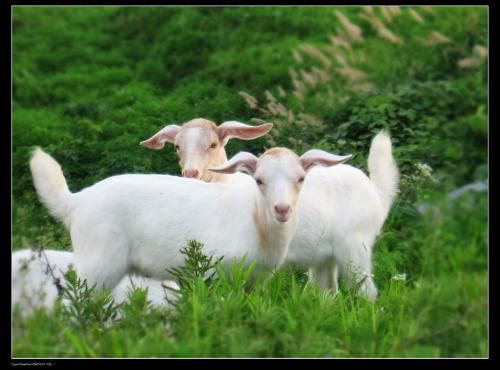
Hara is located in the eastern highland of Ethiopia, Shanghai is 2000 meters high, the soil is fertile volcanic dark reddish brown soil. This area is dominated by sun-dried beans, and sun-cured coffee is the most basic way to deal with it and complies with the local relationship that it is not easy to get water at high altitude.
After harvest, the coffee is placed directly on the bean drying farm, allowing the sweetness and aroma of the soil to be absorbed by the beans. And sun beans are much more difficult to take care of than washed beans, because they are easily moldy if they are careless or not ventilated, and they are too dry and difficult to separate coffee beans.
Property Characteristics: farm characteristics
Name name: Harar, Eastern Hirna Hara
Region producing area: Marsala Masala
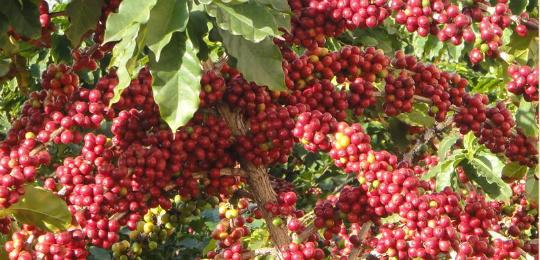
Country countries: Ethiopia Ethiopia
Grade level: G4
Altitude: over 2000,2400m
Harvest period harvest time: January to February every year
Soil Type soil properties: PH5.2~6.2 red brown laterite
Coffee Characteristics: coffee characteristics
Variety variety: heirloom cultivars traditional native species of Yega
Processing System treatment: Unwashed solarization
Appearance appearance: Longberry long rice-shaped 16-18-mesh
Overall style attributes: fermented wine, strong taste, finish full of Middle Eastern dried meat aroma
Important Notice :
前街咖啡 FrontStreet Coffee has moved to new addredd:
FrontStreet Coffee Address: 315,Donghua East Road,GuangZhou
Tel:020 38364473
- Prev
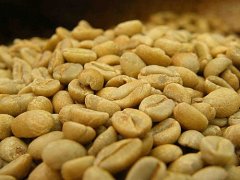
Detailed introduction of washing beans in Ethiopia red cherry plan hole plus chair cleaning station
Professional barista exchanges please follow the coffee workshop (Wechat official account qianjiecoffee) Ethiopian red cherry plan hole plus chair cleaning station to wash beans Ethiopia is the first country to discover coffee, in terms of coffee quality and output is still the most important producing country and the best, coffee is mostly traditional Arabica species, annual output is about 350000 tons and 70%
- Next
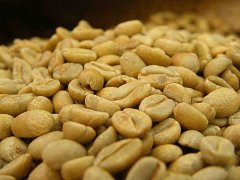
Characteristic description of washed coffee beans in Ethiopian Red Cherry Project Mormora Momora Plantation
Professional barista exchanges please follow the coffee workshop (Wechat official account qianjiecoffee) Ethiopia is the country where coffee was first discovered, in terms of coffee quality and output, Ethiopia is still the most important producing country and the best, coffee is mostly the traditional Arabica species, the annual output is about 350000 tons and more than 70% are exported to countries around the world, about 15 million people in the country are engaged in coffee
Related
- Detailed explanation of Jadeite planting Land in Panamanian Jadeite Manor introduction to the grading system of Jadeite competitive bidding, Red bid, Green bid and Rose Summer
- Story of Coffee planting in Brenka region of Costa Rica Stonehenge Manor anaerobic heavy honey treatment of flavor mouth
- What's on the barrel of Blue Mountain Coffee beans?
- Can American coffee also pull flowers? How to use hot American style to pull out a good-looking pattern?
- Can you make a cold extract with coffee beans? What is the right proportion for cold-extracted coffee formula?
- Indonesian PWN Gold Mandrine Coffee Origin Features Flavor How to Chong? Mandolin coffee is American.
- A brief introduction to the flavor characteristics of Brazilian yellow bourbon coffee beans
- What is the effect of different water quality on the flavor of cold-extracted coffee? What kind of water is best for brewing coffee?
- Why do you think of Rose Summer whenever you mention Panamanian coffee?
- Introduction to the characteristics of authentic blue mountain coffee bean producing areas? What is the CIB Coffee Authority in Jamaica?

